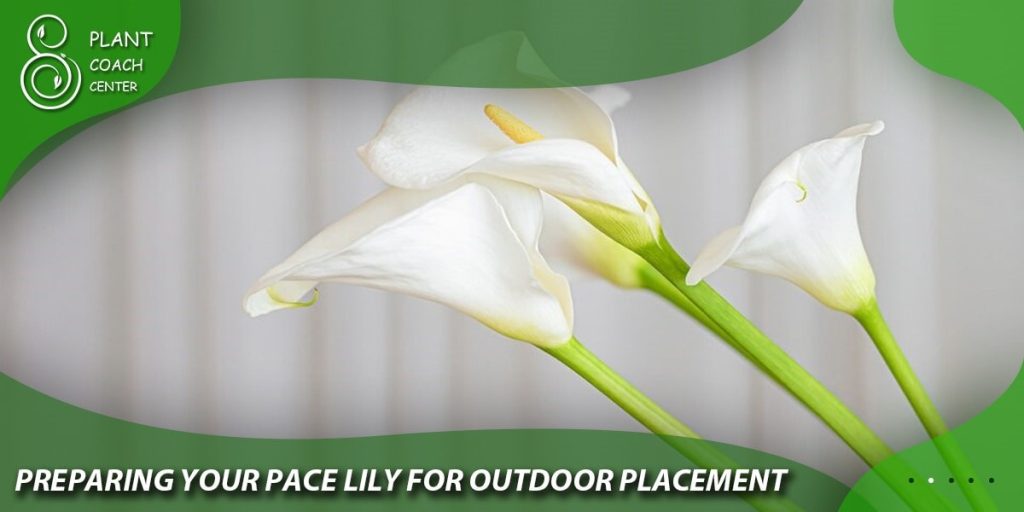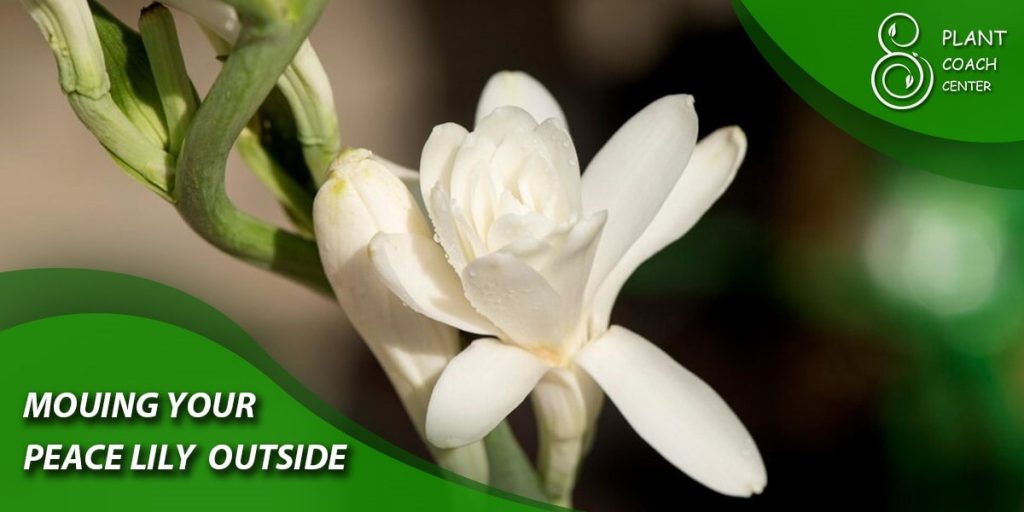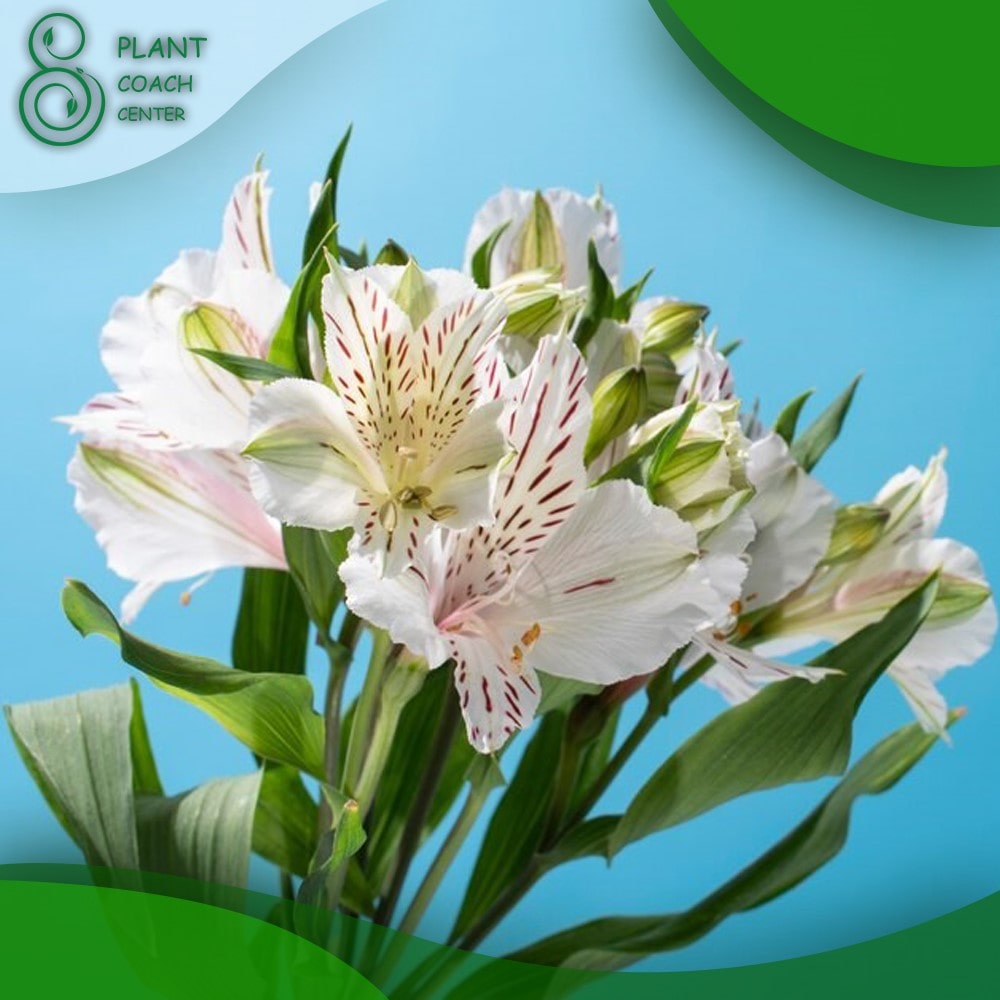When Can I Put My Peace Lily Outside?
Plant coaching is the practice of providing guidance and education to help people care for their plants effectively. Whether you’re an experienced gardener or a beginner, plant coaching can be incredibly helpful in diagnosing and treating common issues that can arise with plants.
Common plant problems include issues with pests, diseases, watering, and soil quality. Identifying these issues early on and taking action to correct them can help to keep your plants healthy and thriving.

Understanding Peace Lilies
Peace lilies are a popular indoor plant known for their attractive foliage and ease of care. They are native to tropical rainforests and require warm, humid conditions to thrive.
Characteristics and Growth Habits
Peace lilies are characterized by their large, glossy, dark green leaves and white flowers. They can grow up to 3 feet tall and 3 feet wide, and are known for their ability to purify the air.
Common Issues and Diseases
Some common issues that can arise with peace lilies include yellowing leaves, brown tips, and wilting. These issues can be caused by a variety of factors, including overwatering, underwatering, and pests.
Factors to Consider Before Moving Your Peace Lily Outside
If you’re considering moving your peace lily outside, there are several factors you’ll need to consider to ensure its success.
Climate and Temperature Requirements
Peace lilies are tropical plants and require warm, humid conditions to thrive. They are typically grown indoors in temperate climates, but can be moved outside in the summer months if the conditions are right.
Lighting and Sun Exposure
Peace lilies prefer bright, indirect light and can be damaged by direct sunlight. When moving your peace lily outside, be sure to choose a spot that provides bright, filtered light.
Soil and Water Requirements
Peace lilies prefer well-draining soil that is kept consistently moist. Before moving your peace lily outside, ensure that the soil is well-draining and that you are able to water it regularly.
Fertilization Needs
Peace lilies benefit from regular fertilization, especially during the growing season. Before moving your peace lily outside, ensure that you have a plan in place for fertilization.

Preparing Your Peace Lily for Outdoor Placement
Before moving your peace lily outside, there are several steps you’ll need to take to ensure that it’s ready for the transition.
Repotting and Soil Preparation
If your peace lily has outgrown its current pot, you may need to repot it before moving it outside. Ensure that the soil is well-draining and that the pot provides adequate drainage.
Pruning and Grooming
Before moving your peace lily outside, take the time to prune and groom it to ensure that it looks its best. Remove any dead or damaged leaves, and shape the plant as desired.
Pest Control and Prevention
Before moving your peace lily outside, take steps to prevent and control pests. This may include treating the plant with an insecticidal soap or using natural pest prevention methods.

Moving Your Peace Lily Outside
When moving your peace lily outside, there are several steps you’ll need to take to ensure its success.
Choosing the Right Location
Choose a spot that provides bright, filtered light and is protected from direct sunlight and wind.
Adjusting to Outdoor Elements
When moving your peace lily outside, it may take some time for it to adjust to the new environment. Be sure to monitor the plant closely and make adjustments as needed.
Monitoring and Maintenance
Once your peace lily is outside, be sure to monitor it closely and provide regular maintenance. This may include watering, fertilization, and pest control.
Common Issues and Solutions for Outdoor Peace Lilies
When growing peace lilies outside, there are several common issues that can arise. Here are some tips for identifying and treating these issues:
Sunburn and Heat Stress
If your peace lily is exposed to too much direct sunlight, it may develop sunburn or heat stress. Move the plant to a shadier spot and provide plenty of water.
Pests and Diseases
Common pests that can affect peace lilies include spider mites, mealybugs, and scale insects. Treat the plant with an insecticidal soap or use natural pest prevention methods.
Watering and Soil Issues
If your peace lily is not getting enough water, its leaves may wilt and turn brown. Ensure that the soil is well-draining and that you are watering the plant regularly.

Advanced Peace Lily Care Techniques
For experienced gardeners, there are several advanced peace lily care techniques to consider.
Propagation and Division
Peace lilies can be propagated through division, which involves separating the plant into smaller sections and replanting them in fresh soil.
Advanced Pruning and Shaping Techniques
For a more polished look, peace lilies can be pruned and shapedinto different forms. This can help to promote healthy growth and keep the plant looking attractive.
Troubleshooting Complex Issues
If your peace lily is experiencing complex issues, such as root rot or fungal infections, it may require more advanced treatment. In these cases, it’s important to consult with a plant expert or professional gardener.
Conclusion
In conclusion, moving your peace lily outside can be a great way to give it a breath of fresh air and promote healthy growth. However, it’s important to consider the plant’s unique needs and requirements before making the move.
By understanding the key factors to consider, preparing the plant for outdoor placement, and monitoring it closely, you can help to ensure that your peace lily thrives in its new environment. Remember, ongoing plant coaching and maintenance is key to keeping your peace lily healthy and looking its best.
When can I put my peace lily outside?
Peace lilies are tropical plants and are sensitive to cold temperatures, so it's best to keep them indoors or in a controlled environment.
Can I acclimate my peace lily to outdoor conditions?
While peace lilies are primarily indoor plants, they can be acclimated to outdoor conditions gradually.
Can peace lilies tolerate direct sunlight?
Peace lilies prefer bright, indirect light and can tolerate some morning or evening sun.







